Upper Division Mathematics: Computational Differential Geometry
| Course Title: | Computational Differential Geometry |
| Catalog Number: | DMAT 451 |
| Credits: | 4 Semester Credit Hours |
| Syllabus PDF: | PDF Syllabus for Computational Differential Geometry |
| Delivery: | Fully Online, Asynchronous, Self-Paced |
| Click Here to Enroll in DMAT 451 - Computational Differential Geometry | |
Roger Williams University Course Catalog Listing: DMAT 451 - Computational Differential Geometry
Course: DMAT 451
Course Title: Computational Differential Geometry
Transcript Course Title (30 Characters Max:): Comp Differential Geometry
Course Description: A first course in differential geometry from a computational and graphical standpoint. Topics include a comprehensive study of curves and surfaces with emphasis on exploring a catalog of named geometrical objects, curvature and other metrics, orientable, non-orientable, ruled, and minimal surface, culminating with an introduction to the Gauss-Bonnet Theorem. [4 Semester Credits]
Prerequisite: Successful completion (C- or higher) of Multivariable Calculus or equivalent, or consent of instructor.
E-Textbook: Differential Geometry of Curves and Surfaces using Mathematica, 3rd Edition, by Gray et al.
Software: Mathematica
PDF Course Syllabus: Detailed Course Syllabus in PDF for DMAT 451 - Computational Differential Geometry
DMAT 451 - Computational Differential Geometry - Learning Outcomes
- 1. To use computer graphing tools to visualize 2D and 3D curves and surfaces
- 2. To understand and compute various metrics about parametric and non-parametric curves and surfaces
- 3. To understand and compute the key concept of curvature, and understand its relationship to derivatives and differential equations
- 4. To understand the role of motions in geometry
- 5. To understand and compute the Frenet frames for curves
- 6. To understand and compute the concept of the derivative for vector fields
- 7. To understand and compute the local Gauss map for surfaces
- 8. To understand and compute the concept of orientability of surfaces
- 9. To understand and compute Gaussian and Mean curvature
- 10. To understand and compute Ruled and Minimal Surfaces
- 11. To be introduced to the Gauss-Bonnet theorem
DMAT 451 - Computational Differential Geometry - Syllabus of Topics
1. Getting Started 1.1 Email and Chat 1.2 Learning About the Course 1.3 Required Hardware 1.4 Software Fundamentals 2. Curves 2.1 Euclidean Spaces 2.2 2D and 3D Parametric Curves 2.3 Arclength 2.4 Curvature vs. Derivative 2.5 Angles 2.6 Catalog of Famous Curves 3. Alternative Ways of Plotting Curves 3.1 Implicit Curves 3.2 Contour Plots 3.3 Polar Coordinates 3.4 New Curves from Old 4. Solving Curvature Equations 4.1 Euclidean Motions 4.2 Intrinsic Equations 4.3 Assigned Curvature 5. Global Properties of Plane Curves 5.1 Total Signed Curvature 5.2 Turning Numbers 5.3 Rotation Index 5.4 Convexity 5.5 Constant Width 5.6 Support Functions 6. Space Curves 6.1 Tangent, Normal, Binormal Frames 6.2 Curvature and Torsion 6.3 Frenet Formulas 6.4 Arbitrary Speed Curves 6.5 Tubes and Tori 7. Fundamental Theorem of Space Curves 7.1 Assigned Curvature and Torsion 7.2 Contact 7.3 Curves That Lie on a Sphere 7.4 Curves of Constant Slope 8. Calculus of Euclidean Space 8.1 Tangent Vectors and Directional Derivatives 8.2 Tangential Maps 8.3 Vector Fields 8.4 Derivatives of Vector Fields 9. Surfaces in Euclidean Space 9.1 Patches 9.2 Local Gauss Map 9.3 Regular Surfaces 9.4 Level Surfaces 9.5 Catalog of Famous Surfaces 10. Non-Orientable Surfaces 10.1 Orientability 10.2 Mobius Strip and Klein Bottle 10.3 Projective Planes 11. Surface Metrics 11.1 Distance 11.2 Isometries 11.3 Conformal Maps 11.4 Gaussian and Mean Curvature 11.5 Non-Parametrically-Defined Surfaces 12. Ruled and Other Surfaces 12.1 Examples 12.2 Curvature 12.3 Surfaces of Revolution 12.4 Examples of Minimal Surfaces
Distance Calculus - Student Reviews





Date Posted: Jan 12, 2020
Review by: Mark Neiberg
Courses Completed: Calculus I, Calculus II, Multivariable Calculus
Review: Curriculum was high quality and allowed student to experiment with concepts which resulted in an enjoyable experience. Assignment Feedback was timely and meaningful.





Date Posted: Jun 6, 2020
Review by: Douglas Z.
Courses Completed: Multivariable Calculus, Differential Equations, Linear Algebra, Probability Theory
Review: I loved these courses. So in depth and comprehensive. The mix of software and math curriculum was tremendously helpful to my future studies and career in engineering. I highly recommend these courses if you are bored of textbook courses.
Transferred Credits to: University of Massachusetts, Amherst





Date Posted: Apr 13, 2020
Review by: Jorgen M.
Courses Completed: Calculus I
Review: I really enjoyed this course, much more than I thought I would. I needed to finish this course very fast before starting my graduate degree program @ Kellogg. I was able to finish in 3 weeks. I liked the video lectures and the homework process. I highly recommend this course.
Transferred Credits to: Kellogg School of Business, Northwestern Univ
Frequently Asked Questions
Yes, you need to have completed Multivariable Calculus with a grade of C- or higher, and it is a very good idea if you have completed the other Sophomore-level courses as well.
Yes, we will study a truly wonderful textbook entitled Differential Geometry of Curves and Surfaces using Mathematica, and almost all of the coursework will be in Mathematica.
Yes, Differential Geometry is a challenging course, usually reserved for the junior or senior undergraduate university level. By using Mathematica, the visualization of the subject will be made easier, but the hard mathematics are the same difficulty.
No, Differential Geometry is a junior or senior undergraduate university level course. It is a good preparation course for Real Analysis.
You need to ask your university that question! See the instructions on the Transferring Credits page.
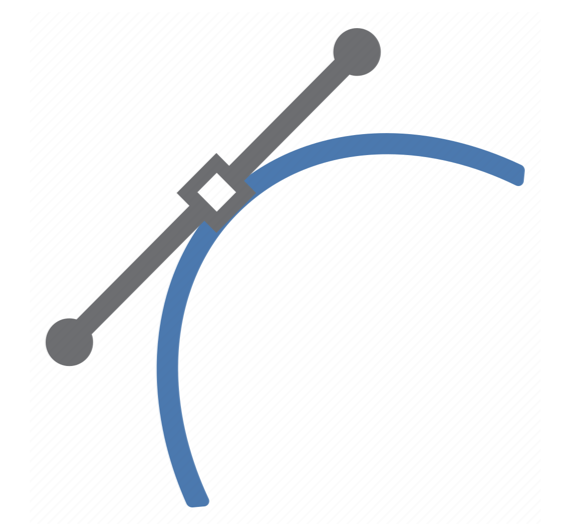 Freshman Math Courses
Freshman Math Courses
- Applied Calculus for Business [3 credits] [3CR]
- Applied Calculus for Life Science [3 credits] [3CR]
- Calculus I[4 credits] [4CR]
- Calculus II[4 credits] [4CR]
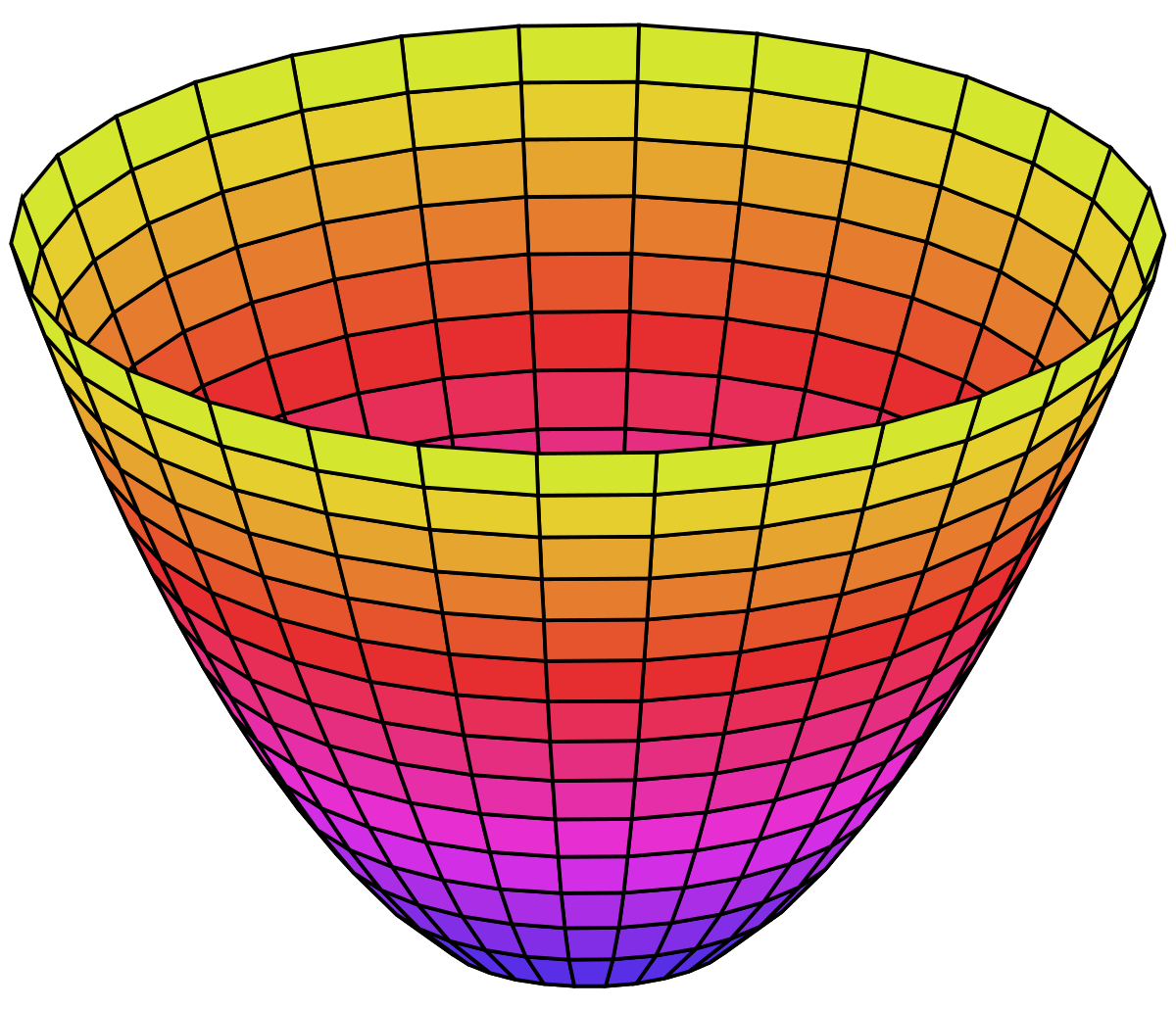 Sophomore Math Courses
Sophomore Math Courses
- Multivariable Calculus III [4 credits] [4CR]
- Differential Equations [3 credits] [3CR]
- Linear Algebra [4 credits] [4CR]
- Probability Theory [3 credits] [3CR]
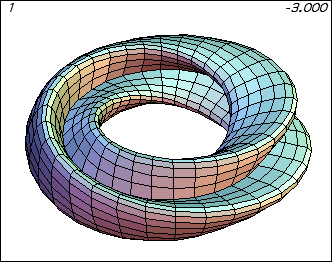 Honors Math Courses
Honors Math Courses
- Honors Calculus I [5 credits] [5CR]
- Honors Calculus II [5 credits] [5CR]
- Honors Calculus I+II for Data Science [5 credits] [5CR]
- Honors Multivariable Calculus [5 credits] [5CR]
- Honors Differential Equations [4 credits] [4CR]
- Honors Linear Algebra [5 credits] [5CR]
- Honors Linear Algebra for Data Science [5 credits] [5CR]
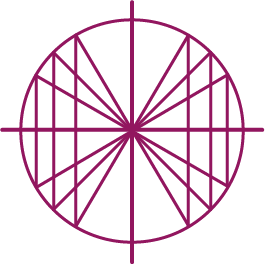 Lower Division Math Courses
Lower Division Math Courses
- Precalculus with Trigonometry [4 credits] [4CR]
- Introductory Statistics [4 credits] [4CR]
- Finite Mathematics [3 credits] [3CR]
- Discrete Mathematics [4 credits] [4CR]
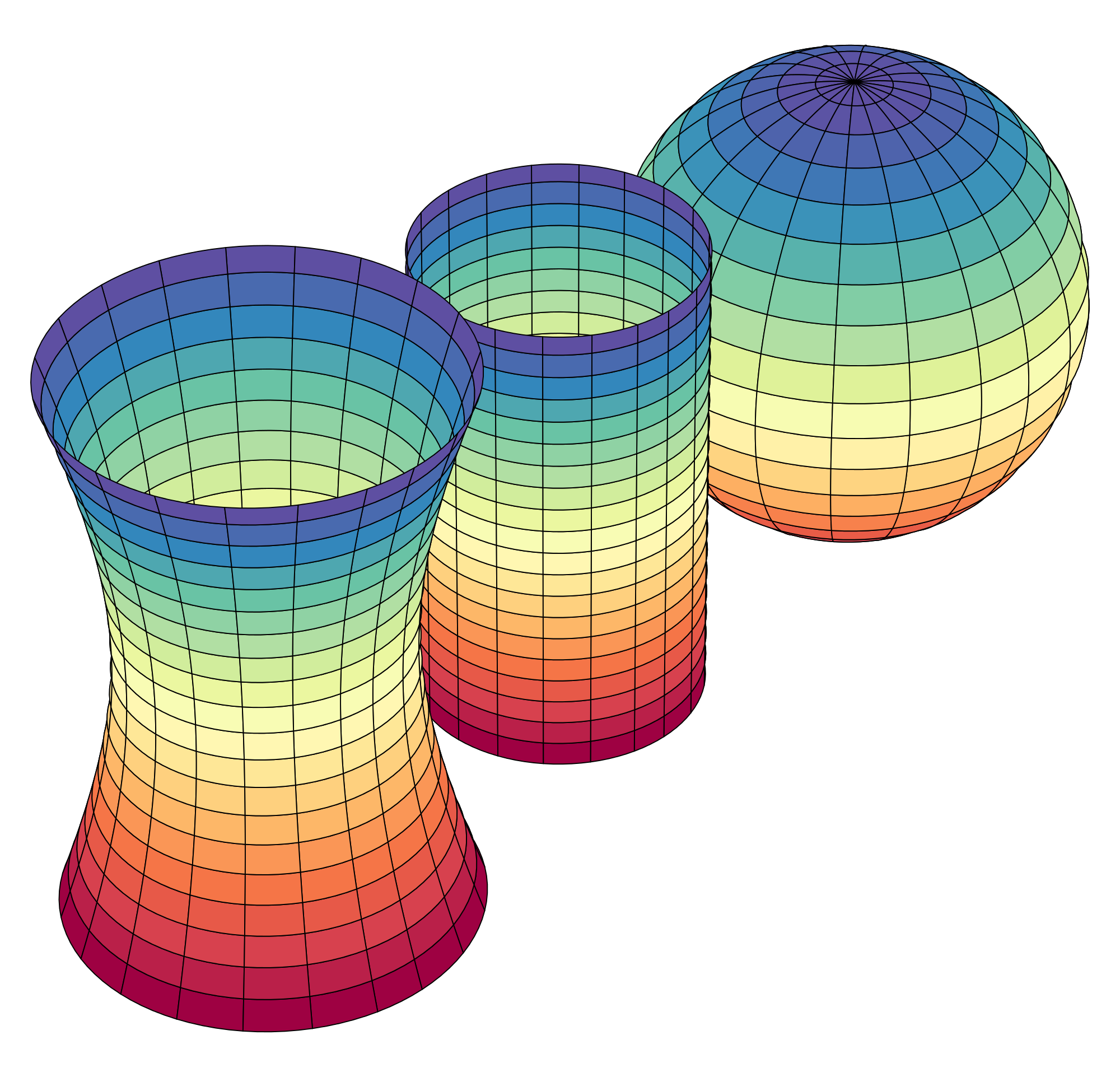 Upper Division Math Courses
Upper Division Math Courses
- Computational Abstract Algebra [4 credits] [4CR]
- Computational Differential Geometry [4 credits] [4CR]

